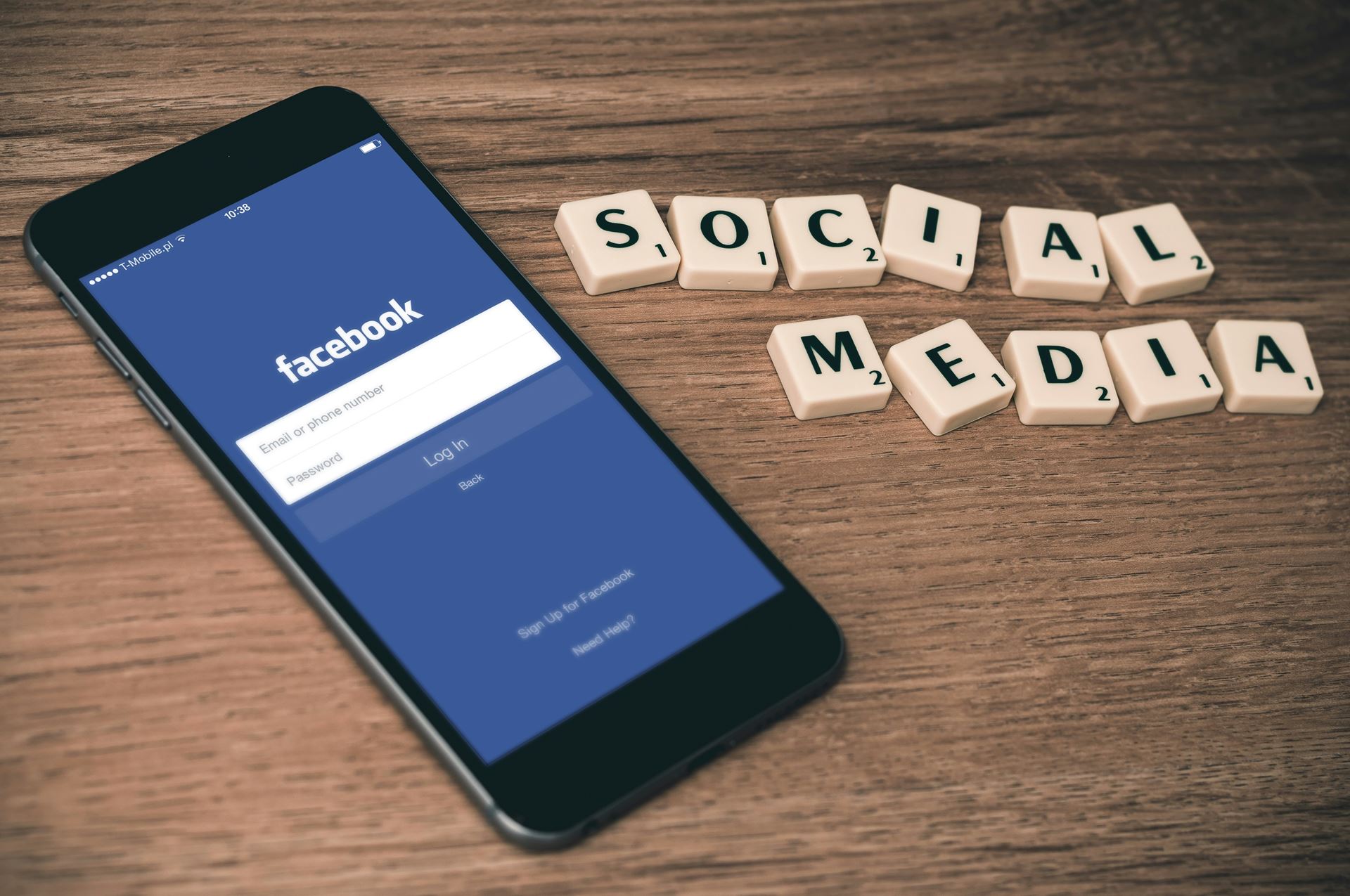Self Blood Pressure Monitoring
Why monitor your blood pressure at home?
- To see how well your treatment is working, and how you respond to medications
- To see what your readings are like away from the clinic or surgery
- To be sure that you have high blood pressure
This video shows someone how to take their blood pressure.

Buying or Borrowing a Monitor
Buy a recommended monitor. The British Hypertension Society, or your local pharmacy will have a list of home monitors which are known to be accurate.
- Choose a machine that measures from the top of the arm rather than the wrist or finger.
- Choose a machine that has been “clinically validated” for accuracy (e.g. it has been tested to make sure it gives accurate results).
- Choose the correct size! Measure the circumference of the mid portion of the upper arm.
- 20 – 26cm - Small cuff
- 28 – 33cm - Standard cuff
- 34 – 50cm - Large cuff
If you would rather borrow a monitor from us contact reception. Please note that we have a limited number of monitors and there is a waiting list for these.
WHEN to take a reading
- Take readings for 7 days and then STOP.
Choose a time that is 'normal' - not just when you are on holiday. We will tell you when to do another set of readings - usually in a few months or after a change of medication. - Take a pair of readings in the morning, and a pair in the evening. Do not just take readings in the evening!
- Morning - before you take any pills.
Wake up – put on cuff – 3 minutes rest – Take 1st reading – 1 minute rest – Take 2nd reading. - Evening - when you get home from work and at bedtime
Put on cuff – 3 minutes rest – Take 1st reading – 1 minute rest – Take 2nd reading.
- Morning - before you take any pills.
- Make sure you do not need to use the toilet and that you have not eaten a big meal - this can raise your blood pressure.
HOW to take a reading
- Sit in a chair with your legs uncrossed and your back supported.
- Roll up your sleeve (this will be easier with loose fitting clothing)
- Use the same arm - preferably the same arm on which your measurements are taken at your clinic (the arm with the highest reading).
- Position the cuff snugly on the arm with the positioning marker on the lower edge of the cuff over the artery – the cuff should be roughly at the level of your heart.
- Rest the arm so it is supported by a table, or desk.
- Sit quietly for three minutes before each reading, and do not talk while doing the reading.
- Record the blood pressure value - you can write this on a chart to hand in to the surgery or use our text message system called Florence!
See below - If you are writing them on a chart hand this in to the surgery. If possible, please calculate the average reading. Delete the first four readings and take the average of the last 24 readings.
What should my blood pressure be?
- Your blood pressure varies, so do not be worried by varying high and low readings – the important thing is your average blood pressure.
- If you have three consecutive readings with the higher (systolic) figure being 200 or more, please seek medical attention.
- Please do not change your pills accordingly to individual blood pressure readings – always consult your doctor before making any changes.
- We currently accept an average value of around 135/85 as acceptable.
When Should I See The Doctor Or Healthcare Assistant?
- See the healthcare assistant approximately once a year, if required for blood tests.
- Send in a completed self monitoring form to your GP once a year (between July and March.) Your GP will view this and advise whether you need to be seen to change your medication or whether you should continue to monitor annually at home.
- You no longer need to see your GP or nurse regularly for your blood pressure to be monitored, for the majority of people this is better monitored at home.
BP Pathway Clinician Video on Vimeo
Please click the link above for the Clinican Guide to the blood pressure pathway.
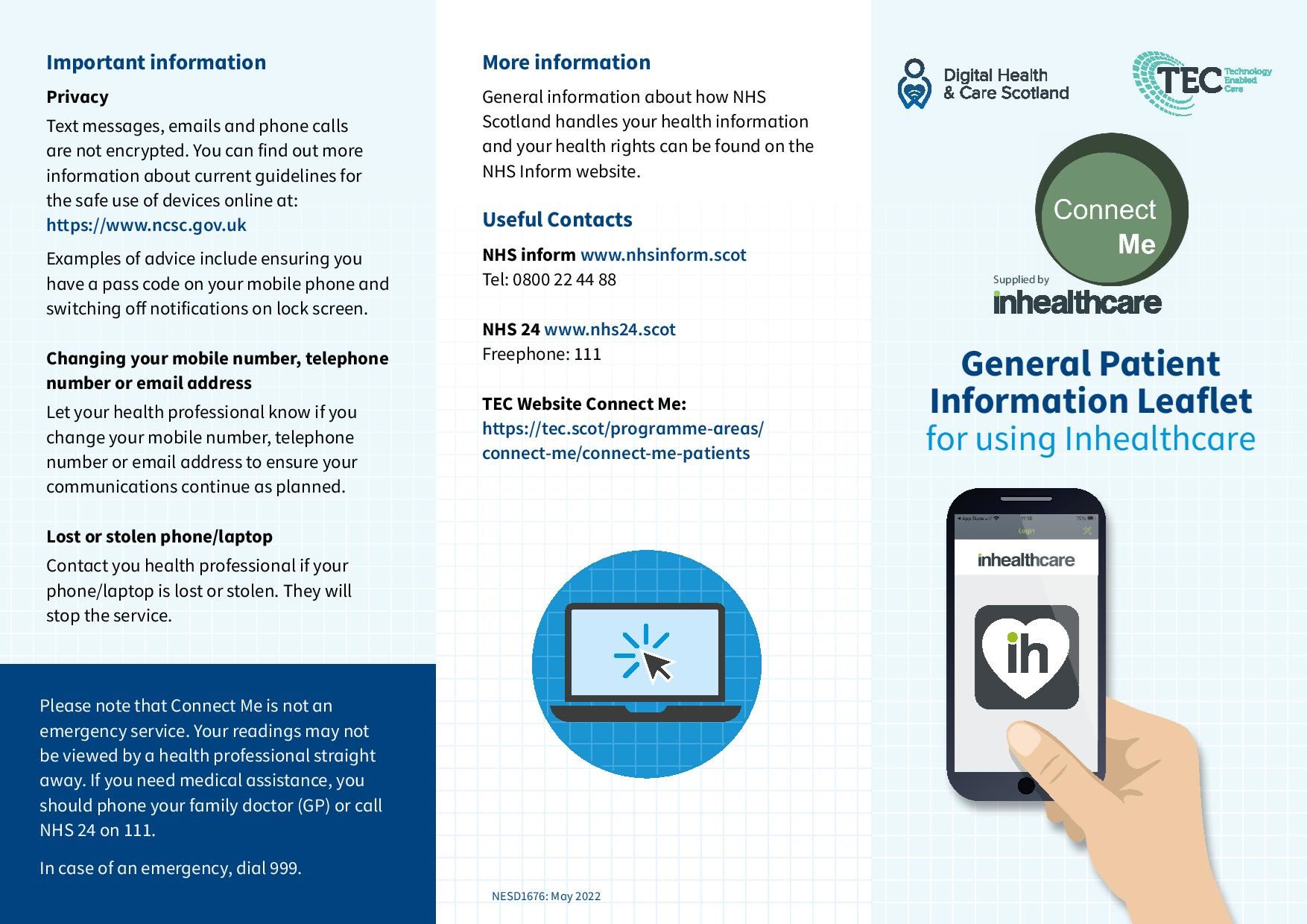
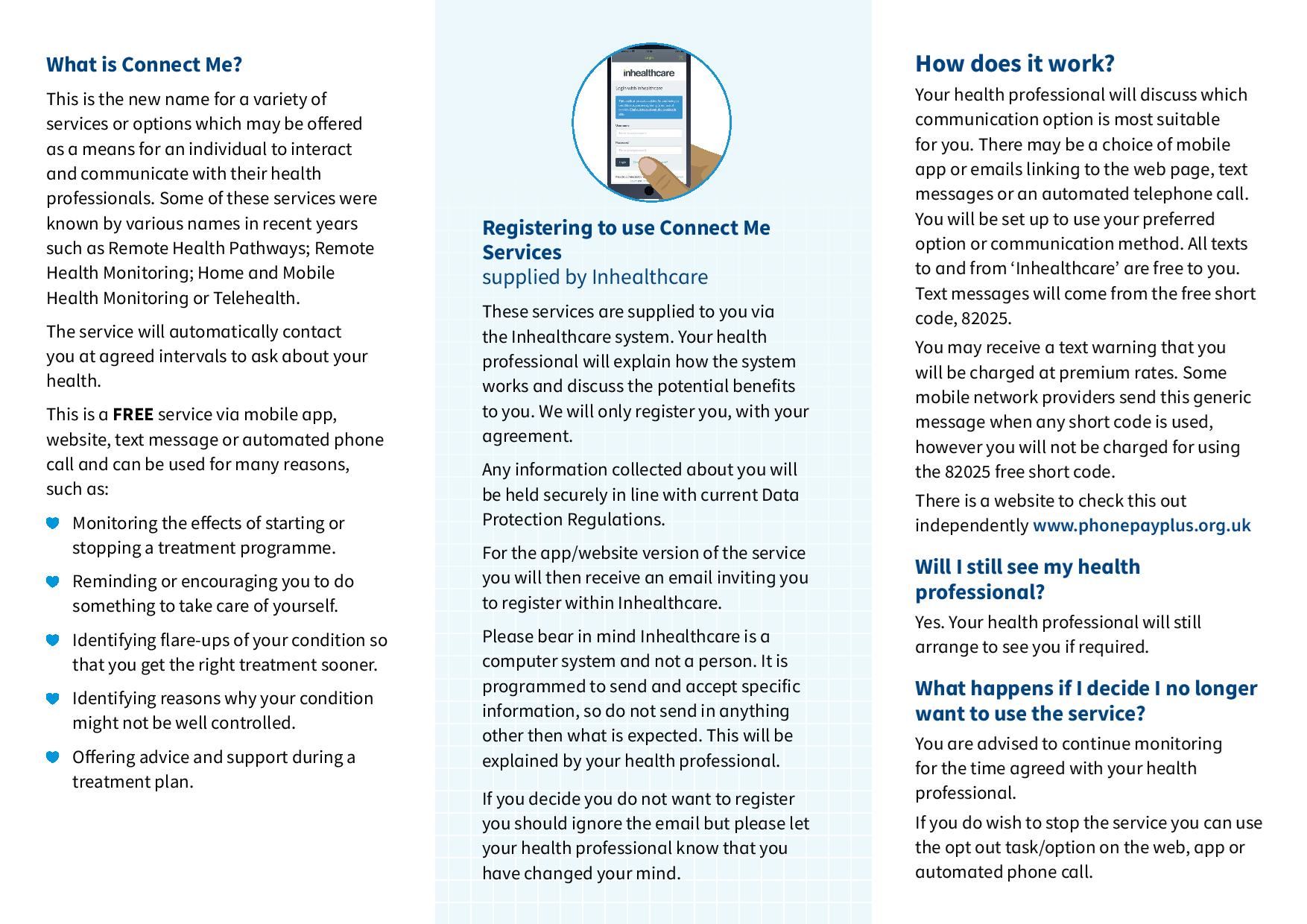
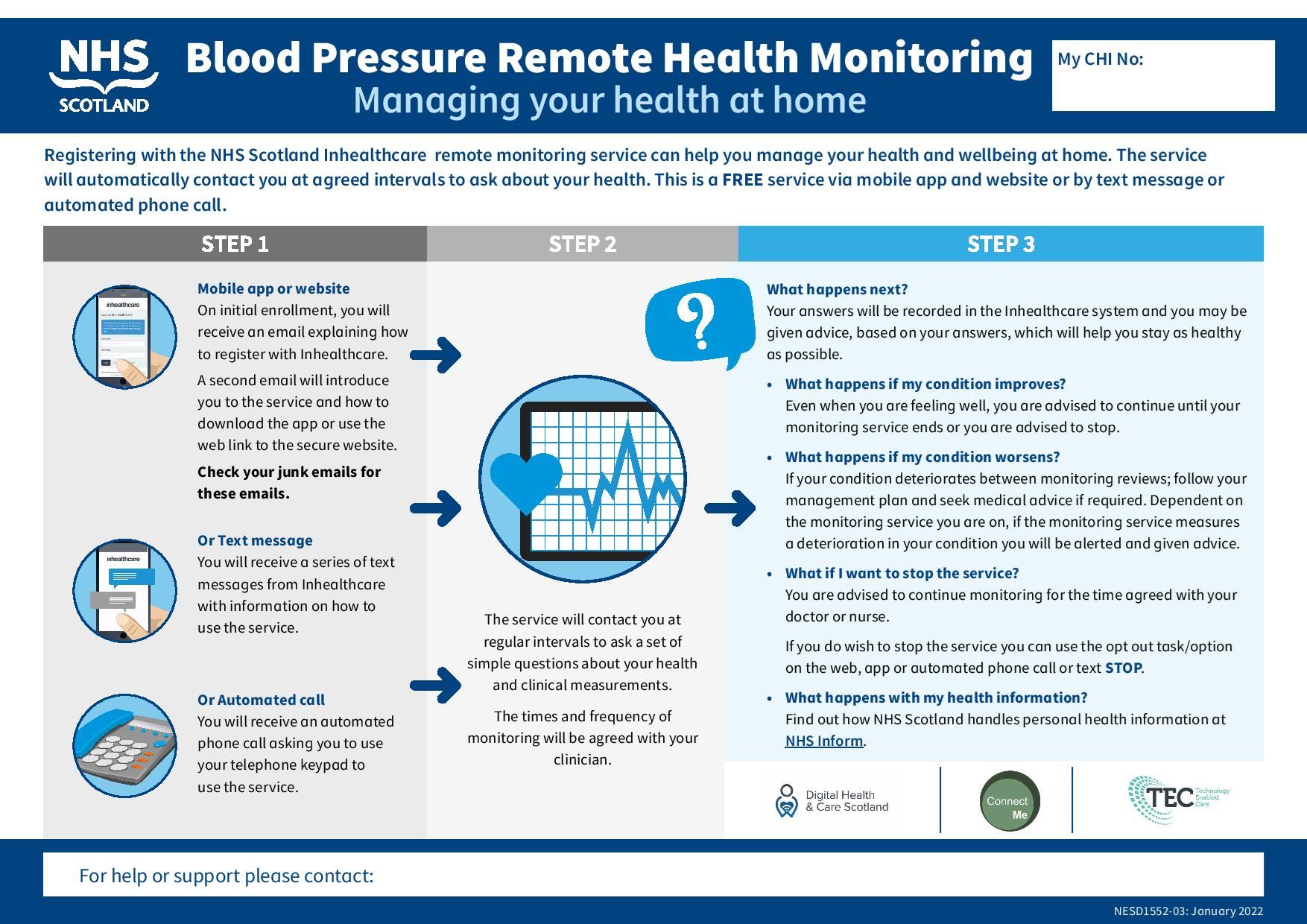
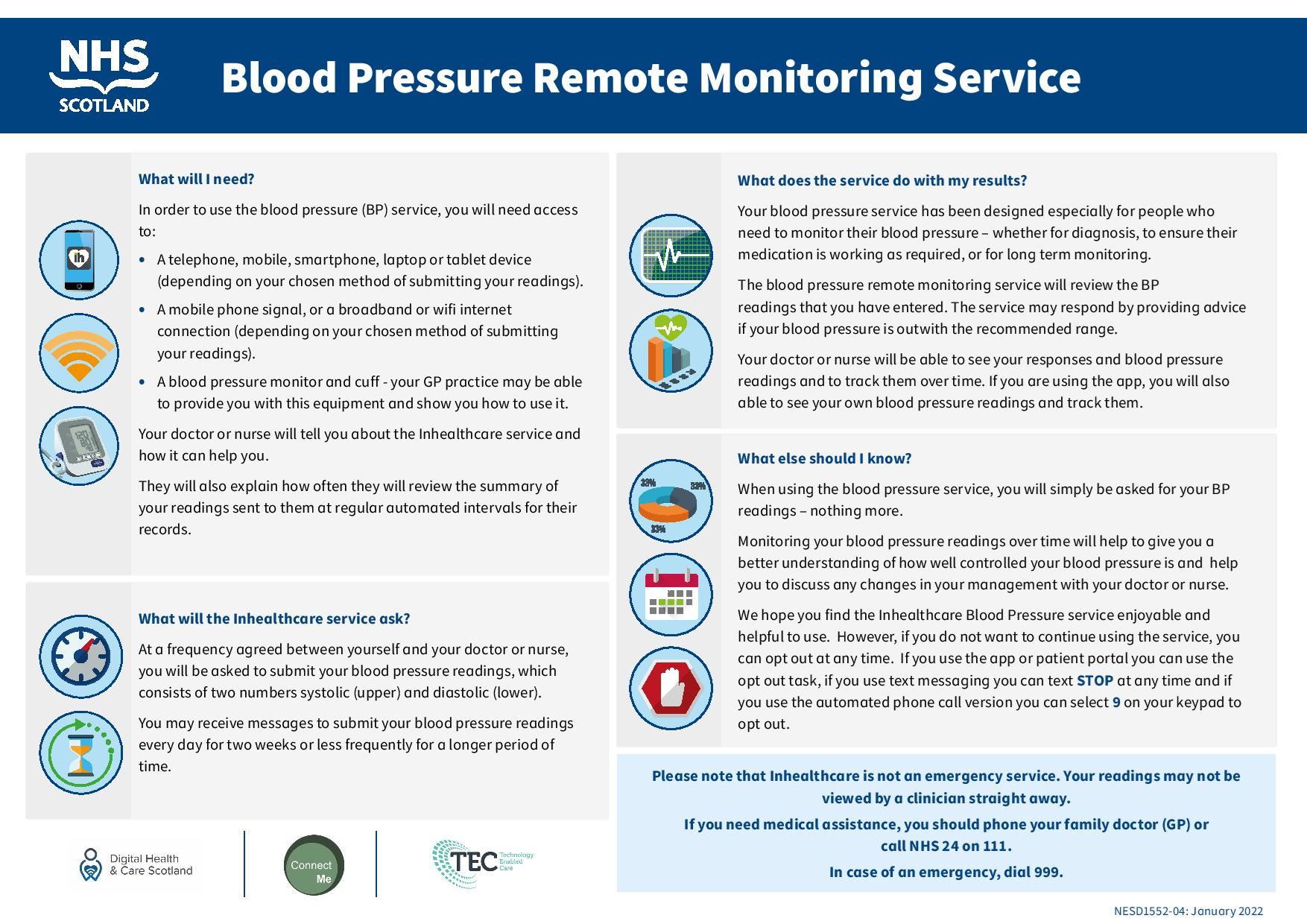
Page last reviewed: 01 July 2019
Page created: 01 July 2019
Page created: 01 July 2019
